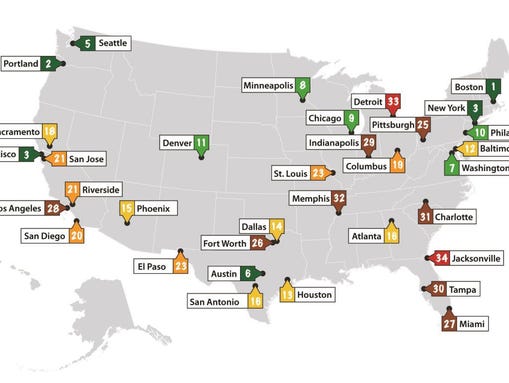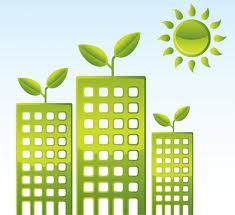The newest building at the National Renewable Energy Laboratory in Golden allows scientists and industry researchers to test what happens to the electricity grid when renewable energy is added into the mix.
Using electricity from wind and solar power plants is complicated because the amount of power generated varies with each gust of the wind, or passing cloud. As more and more power is produced from these resources, scientists and businesses are scrambling to figure out how the nation’s existing electric grid will cope.
And that’s where the new Energy Systems Integration Facility — better known as “ESIF” — comes into play.
NREL officials have called the building, and the research that will be conducted there, a “game-changer” for the renewable energy industry.
The $135 million building’s mission is to support research by both the public and private sectors that’s aimed at updating the U.S. electrical power grid so it can handle more renewable energy. The electrical connections in the building will be capable of handling up to 1 megawatt of power, according to NREL officials.
U.S. Department of Energy (DOE) Secretary Ernest Moniz on Wednesday dedicated the building, the first of its kind in the nation.
“Strong partnerships between our national laboratories and America’s private industry, academia and entrepreneurs will help reduce the effects of climate change, increase the production of clean energy and accelerate the development of new technologies,” Moniz said.

 “We may have to take the bill down,” said Senate Majority Leader Harry Reid, D-Nev.,noting unrelated amendments including one by Sen. David Vitter, R-La., to weaken President Obama’s health care reform law. The bill’s authors, Sens. Jeanne Shaheen, D-N.J., and Rob Portman, R-Ohio, had removed some provisions to avoid divisiveness, but acrimony ensued anyway.
“We may have to take the bill down,” said Senate Majority Leader Harry Reid, D-Nev.,noting unrelated amendments including one by Sen. David Vitter, R-La., to weaken President Obama’s health care reform law. The bill’s authors, Sens. Jeanne Shaheen, D-N.J., and Rob Portman, R-Ohio, had removed some provisions to avoid divisiveness, but acrimony ensued anyway.

